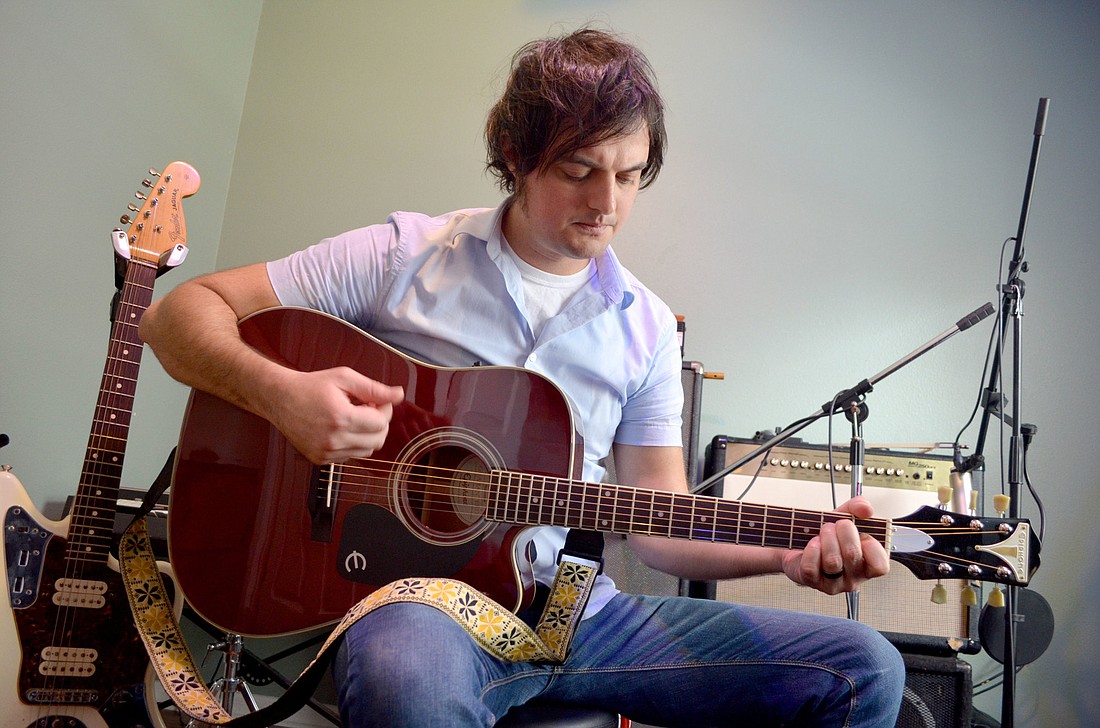- June 4, 2025
-
-
Loading

Loading

Ryan O’Neill has never been a big fan of rules — especially when it comes to music. Ever since he first picked up a guitar at age 12, he’s been drawn to the rebellious, free-spirited sounds of 1960s psychedelia and garage rock.
“I used to steal my brother’s guitar and try to play Cream and Hendrix,” he says. “It was really bad. But I took bits and pieces from those musicians, and I incorporated them into my own music, later. There’s something about those sounds — the loud drums, the guitar solos, even the way people recorded, incorporating people talking or birds chirping — it conveys a certain feeling. It’s almost like there’s no rules.”
O’Neill, 32, went on to play in several local bands, with that ideology always at the core of his music. Whether he was playing drums, guitar or bass, the Sarasota native was always focused on capturing the spirit of the music that first inspired him to pick up an instrument. He’s played in bands including Sons of Hippies, The Uptight, The Apple Fuzz and perhaps most notable, Villanova Junction, a psychedelic rock band reminiscent of The Stooges that gained a dedicated local following. But after the band disbanded in 2013, he says he started performing less frequently and spent more time focusing on the art of recording.
Now, for the first time, O’Neill is stepping out as a solo musician with his new project, Quint and His Orca. It’s a one-man act that he describes as acoustic rock ’n’ roll sea-shanty music, nodding to his nautical influences with his “Jaws-” inspired name.
Playing without the collaborative influence of a band or the ability to rely on other musicians to fill space has a been a challenge, he says, but it’s afforded him the opportunity to try new things.
“I’ve never done this before,” he says. “It’s very weird, but it also gives you a lot of freedom to experiment. There’s a lot of space to fill, musically, so you can get really creative in the recording process, which is something I’ve really been enjoying.”
His first single, “Gypsy Love,” which he released in December, is representative of his new approach: the aesthetic is significantly more subdued than a lot of his previous work, but it maintains a distinct connection with the songwriting of the ’60s. The vocals and acoustic guitar are the main focus, but he fleshes out the negative space with rumbling organs, overdriven electric guitar, feedback and even some cello for good measure — think Flaming Lips meets John Lennon.
O’Neill says he’s currently working on additional material and plans to release a second single in the coming weeks. He plans to continue writing for an album, on which he’ll explore nautical motifs and further experiment with his new format.
“It’s just another form of art,” he says. “I’ve always been very drawn to any type of creativity or expression. I hope I can make something new that people will like, while still keeping my roots.”